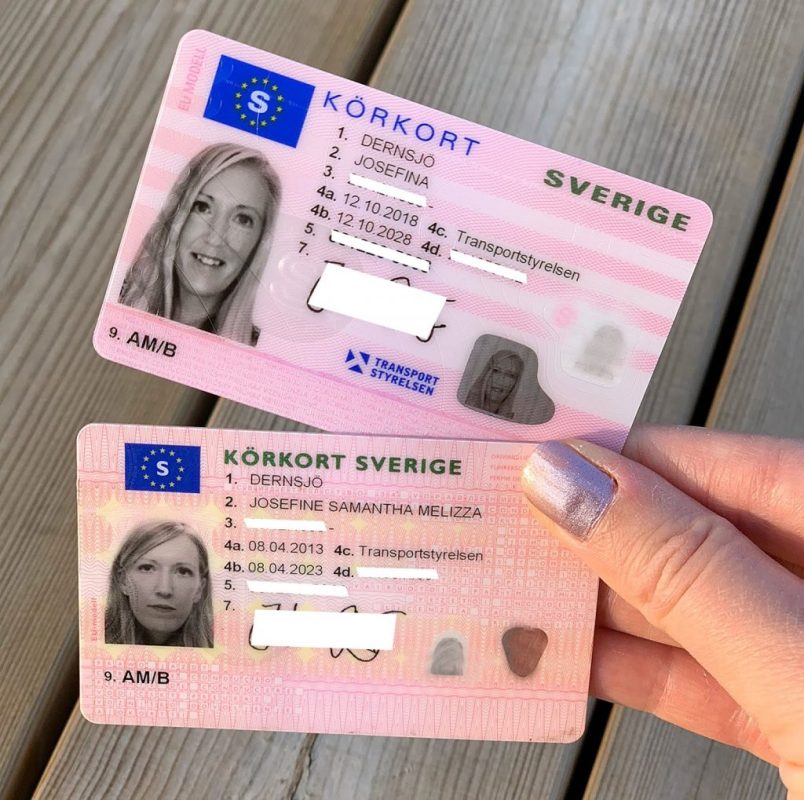Don't Make This Silly Mistake You're Using Your Driving License Id-Han…
페이지 정보
작성자 Remona 작성일25-07-03 05:39 조회7회 댓글0건관련링크
본문
Navigating the New Landscape of Driving License ID Handling in 2025
In every society, the driving license acts as a vital file, not simply as an evidence of the capability to run a vehicle however also as a recognition tool. As we step into 2025, substantial changes have emerged relating to the handling and management of driving licenses, mainly affected by advances in innovation, evolving policies, and the requirement for enhanced security measures. This article aims to deliver a detailed introduction of driving license ID handling in 2025, elucidating the innovations included, the upcoming legal improvements, and supplying answers to common questions.

The Transition to Digital Driving Licenses
One of the most noteworthy changes in driving license ID handling is the prevalent adoption of digital driving licenses. These digital licenses are kept electronically on smartphones, offering multiple conveniences to both chauffeurs and authorities. In the United States, for instance, many states have actually started carrying out digital motorist's licenses, while countries such as Canada and the UK are expected to follow fit soon.
Key Benefits of Digital Driving Licenses
- Convenience: Easily available on mobile phones, getting rid of the need to bring physical copies.
- Improved Security: Incorporating biometric functions and encryption assists to combat identity theft and scams.
- Real-time Updates: Immediate updates to personal details, such as changes in address or status, boost precision.
Difficulties and Concerns
Regardless of the advantages, the shift to digital licenses presents obstacles, including issues about personal privacy, cybersecurity hazards, and the digital divide impacting those without access to smart devices or the web.
Modifications in Regulatory Framework
As we head into 2025, a number of guidelines surrounding driving licenses have come under analysis and transformation. Governments and regulative bodies are concentrating on ensuring that driving licenses are protected, valid, and issued in compliance with recognized laws.
Secret Legislative Trends
Standardized ID Formats: Countries are moving towards a standardized format for driving licenses to simplify validation and improve security.
Increased Verification Procedures: Authorities are now utilizing advanced methods such as facial acknowledgment and AI to improve verification procedures at checkpoints.
Concentrate on Sustainability: With growing environmental concerns, numerous states are choosing environmentally friendly materials for physical licenses and exploring robust digital alternatives.
Age and Identity Verification: Enhanced procedures are being put in place to properly verify the age and identity of motorists, particularly in contexts where age-related laws apply to driving.
The Global Perspective: State-By-State Comparison
| Nation | Digital License Implementation | Existing Regulations | Notable Features |
|---|---|---|---|
| United States | A number of states in development | Varies by state, efforts to unify formats | QR codes for easy recognition |
| Canada | In pilot phases | Standardized identification throughout provinces | Combination with health IDs |
| UK | Early adoption stage | Emphasis on online renewal and information updates | Digital verification by means of the app |
| Australia | Under factor to consider | Progressively rigid recognition protocols | Concentrate on fraud avoidance |
The Role of Technology in ID Handling
Technology is changing how driving licenses are handled. AI, blockchain, and biometrics are ending up being essential to driving license issuance and confirmation.
Developments Shaping the Future
Artificial Intelligence: AI algorithms are now utilized for recognizing patterns in driving habits, which can notify insurance coverage premiums and legal implications.
Blockchain Technology: Ensuring the stability and authenticity of driving license data, blockchain innovation permits safe and secure sharing of information in between authorities without fear of tampering.
Biometrics: Increasingly, biometric systems are carried out at the point of issuance and confirmation, such as facial recognition and finger print scanners, to make sure secure identity verification.
Possible Impacts of Emerging Technologies
The execution of these technologies can lead to improved dependability and security of driving IDs, however it raises concerns about information privacy and user approval.
Frequently Asked Questions (FAQs)
1. What should I do if my digital driving license is lost or stolen?
You ought to right away report the loss or theft to your local automobile company. Many digital licenses have built-in functions to disable gain access to from another location.
2. Are digital driving licenses accepted everywhere?
Since 2025, approval of digital licenses differs by region. It's recommended to carry both digital and physical copies when traveling across state or national borders.
3. Can I update my information on a digital driving license?
Yes, updates can typically be made through the associated mobile application or site of the issuing authority.

4. What are the security measures for digital licenses?
Digital licenses usually incorporate functions such as file encryption, two-factor authentication, and biometric verification to enhance security.
5. How will standard driving licenses be impacted?
The move towards digital licenses might minimize the issuance of physical licenses, however they will still be available for köRkortonline Test those not able to gain access to digital options.
As we advance into a new period in 2025, the handling of driving licenses is optimizing to fulfill the demands of modern society. Through technological developments and regulatory reforms, people can anticipate a more safe and secure, effective, and streamlined procedure for obtaining and managing their driving licenses. However, as digital services multiply, it remains necessary to address challenges associating with privacy, security, and accessibility, making sure fair road access for all chauffeurs while safeguarding personal info. As federal governments around the world continue to adapt to these changes, the future of driving license ID handling is set to be both dynamic and transformative.
댓글목록
등록된 댓글이 없습니다.

